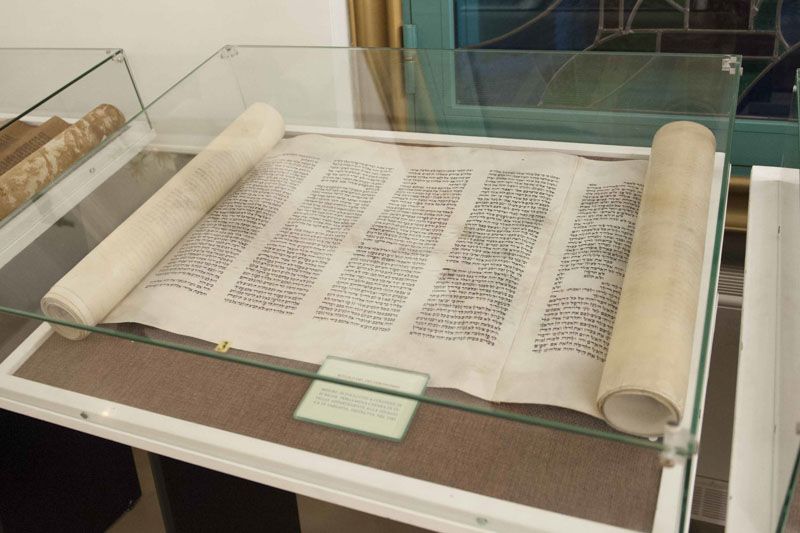Naples celebrates the eighth centenary of the Franciscans’ presence in the Holy Land with the exhibit “The Bible: Book of Life and Culture,” organized by the Commissariat of the Holy Land in Naples. In the presence of the Cardinal of Naples, H.E. Crescenzo Sepe, and of the Father Custos of the Holy Land, Fr. Francesco Patton, the exhibit was inaugurated on Saturday, May 13, and will be open until May 20. Fr. Sergio Galdi, the Commissioner of the Holy Land in Naples, strongly wanted the exhibit to be articulated through various itineraries (historical, iconographic, bibliographic) with the intent of “allowing [visitors] to savor the taste of God’s word.” “This biblical exhibit is designed to be a means of bringing the Commissariat of the Holy Land to the attention of the city of Naples,” said Fr. Sergio, “and to commemorate the 800th anniversary of the Franciscans in the Holy Land.” In 1217, the Overseas and Syrian Province was created, and the first group of friars went to the land of Jesus, thus beginning the stable presence of the Franciscans in the Holy Land.
The exhibit is also taking place on the fifth centenary of Martin Luther’s Reformation and, in the name of Ecumenism, it is possible to revisit the complex story of the critical history of the Sacred Text, along with documents that witness to the biblical editorial evolution from the 15th to the 17th centuries. In the section dedicated to the texts on the Holy Land, there are parchment scrolls on display, the biblical editions of the sixteenth century, the Sixto-Clementine Vulgate, biblical syntheses, such as Mammotrectus and Summa Angelica (publicly burned by Luther), and several other important documents related to witnesses’ accounts.
Fr. Sergio Galdi explained the deep bond that connects the Land of Jesus to the Parthenopean city: “The Custody of the Holy Land has a particular focus on Naples because the Neapolitan Royals, Roberto D’Angiò and Sancha of Majorca made a great donation to the Egyptian Sultan and they acquired the Cenacle and the rights to celebrate [mass at] the Holy Sepulcher. In addition, beginning with Emperor Frederick II, the title of King of Jerusalem had been linked to the city of Naples, and this is why all of the dynasties that ruled in Naples were also rulers of the Kingdom of Jerusalem.”
“Since the word of God is our rule, it seems to me [that this is] a very beautiful opportunity for there to be an exhibit on the Bible hosted here at the Naples Commissariat and also that it is hosted on the occasion of the eighth centenary of our arrival in the Holy Land.,” said Fr. Francesco Patton when he commented on the inauguration. The Custos showed enthusiasm for the work of the exhibit’s curator. Fr. Michele Perruggini: “Through this itinerant museum, Fr. Michele is carrying out a cultural apostolate as well as a religious one.” The headquarters of the Commissariat General of the Holy Land is located at 24 Via Capodimonte in Naples and will be open to the public for the exhibit until May 20 from 9 a.m. until 1 p. m. and from 3 to 8 p.m.
Appreciation for the initiative was also expressed by Cardinal Sepe: “Where there is humanity, the Bible becomes the soul from which to draw dignity and strength, and from which to make all of those ideals that are part of man’s life a reality. This exhibit is important because it allows us to rediscover the Sacred Text which, apart from being a living word, has been written and handed down through various instruments that have been used in different time periods.”


